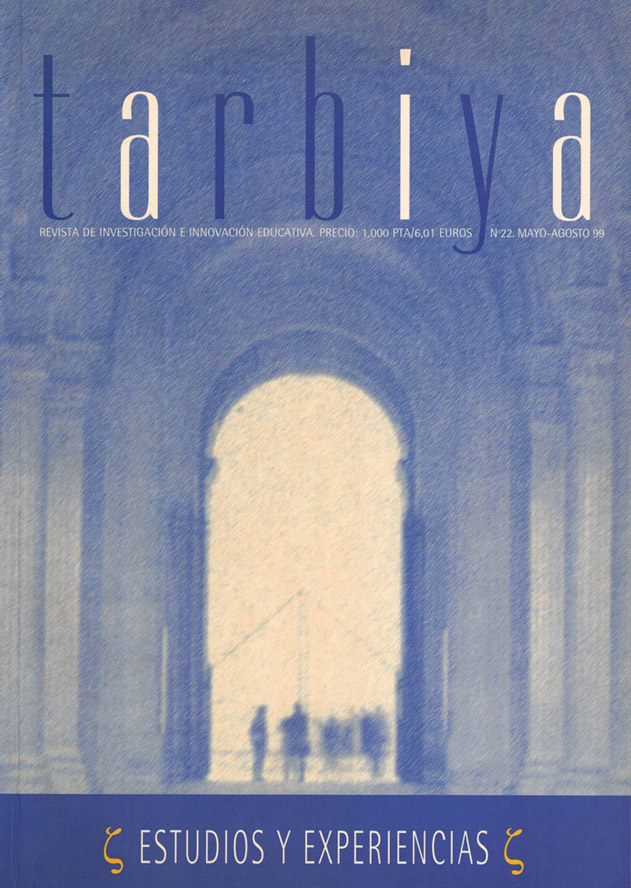Keywords:
Writing system, Phonemic strategies, Lexical strategiesAbstract
The view that learning to read must be treated as a language-based process is now one with which most a teachers agree in order that children can understand the nature of the alphabetic writing system. Since the nature of spoken language is a key issue to be considered in reading acquisition, it is important to take into account the role of the way different writing systems encode language. The assumption that reading is a universal process in every language (Goodman) needs scrutiny. On the contrary, Katz, Frost, Upward, Gough and Segalovich do not agree with Goodman's view. For them, the role of the different writing systems has been frequently neglected in the debates on methods of teaching literacy. In that sense, they argue that the consistency of the relation between sounds and letters of every writing system plays a key rol and has a strong influence in the way children elicit phonemic or lexical strategies when they face the task of reading and writing.
The present paper examines misspelling errors made by english/spanish bilinguals (L1 english) in both languages. Results show that for the students, english spelling is almost 4 times more difficult than spanish one, in spite of the bilinguals superior competence in their L1.
Downloads
References
CALERO, A.; PEREZ, R.; MALDONADO, A.; SEBASTIAN, M.E. (1991). Materiales Curriculares para Favorecer el Acceso a la Lectura en Educación Infantil. Editorial Escuela Española.
CALERO, A.; PÉREZ, R.; CALERO, E. (1999). Comprensión y Evaluación. Lecturas en Educación Primaria: Un acercamiento constructivista. Editorial Escuela Española.
COSSU, G., SHANKWEILLER, D., LIBERMAN, I.Y., KATZ, L. & TOLA, G. (1988). Awareness of phonological segments and reading ability in Italian children. Applied Psycholinguistics, 9, 1-16.
DE FRANCIS, J. (1989). Visible Speech: The Diverse Oneness of Writing Systems. Honolulu: University of Hawaii Press.
GELB, I.J. (1963). A Study of Writing. Chicago: University of Chicago Press
GOODMAN, K.S. (1967). Reading: a psycholinguistic guessing game. Journal of the Reading Specialist, 4, 126-135
GOODMAN, K.S. (1986). What's Whole in Whole Language. Toronto: Scholastic
GOODMAN, K.S. (1993). Whole language versus direct instruction models. Reading Today. December 1992/January 1993, 8-10
GOUGH, P.B., JUEL, C. & GRIFFITH, P. (1992). Reading, spelling and the orthographic cipher. Reading Acquisition. P.B. Gough, L.C. Ehri and Treiman (eds.), Hillsdale, N.J.: Erlbaum.
HORNENBERG, N.H. (1990). Continua of biliteracy. Review of Educational Research, 59, 271-296
KATZ, L & FROST, R. (1992). The reading process is different for different orthographies: the orthographic depth hypothesis. Orthography, Phonology. Morphology and Meaning. R. Frost, and L. Frost (eds.). Elsevier Science Publishers.
NAGY, W.E., GARCÍA, G.E., DURGUNOBLU, A & HANCIN, B.J. (1991). Spanish-English bilingual children's use and recognition of cognates in English reading. American Educational Research Association. Chicago, I.L.
READ, C., ZHANG, Y., NIE, H. & DING, B. (1986). The ability to manipulate speech sounds depends on knowing alphabetic writing. Cognition, 24, 31-44
SEGALOVITCH, N. & HERBERT, M. (1990). Phonological recoding in the first and second language reading of skilled bilinguals. Language Learning, 40, 503-538
UPWARD, C. (1992). Is traditionl english spelng mor dificlt than jermn. Journal of Reseach in Reading. 15 (2), 82-94.

